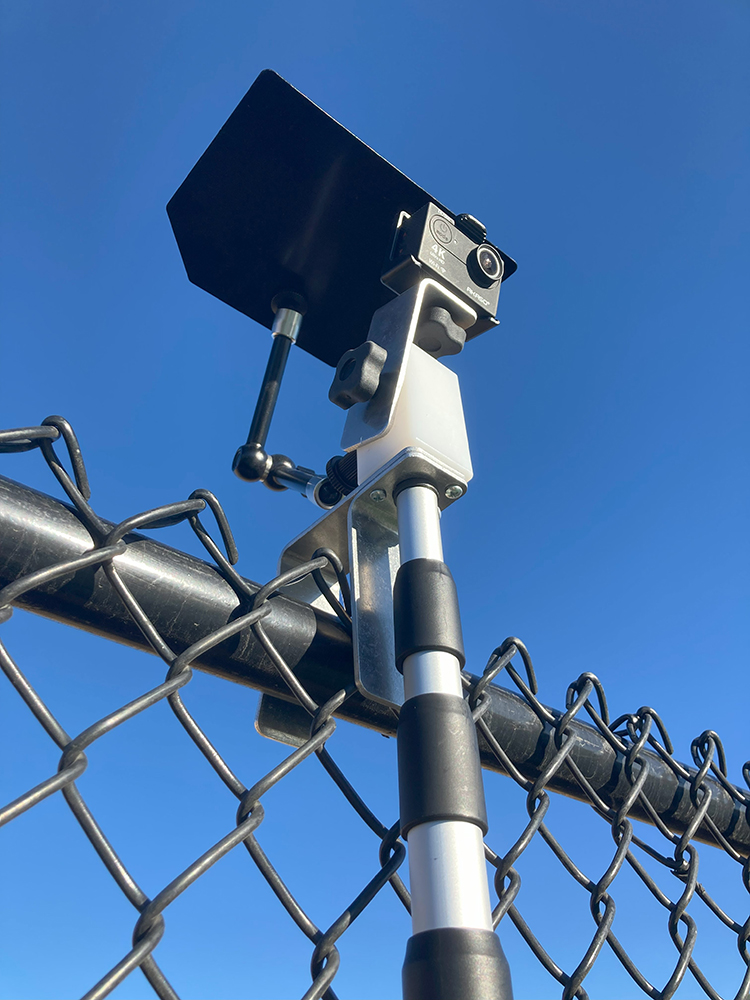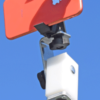We’re always reviewing videos and websites for good tennis-related information which will help us improve our tennis game. I ran across a video by Kevin Garlington about the four phases of a tennis point. Kevin outlines a strategy to help you understand and appreciate the different phases of a tennis point.

Is this an opportunity?
His video on the four phases of play in tennis is here: Four Phases of Play in Tennis
Video Summary: This video outlines a rational framework on how to look at individual point development, especially when reviewing match play. The four phases are the:
- Start: Starting the point with a serve or return or serve that doesn’t present your opponent with an immediate opportunity. Returns should be deep, keeping your opponents back. The same thing with serves – try to develop your serve to the point where it’s not a “sitter”.
- Rally: Here is where you and your opponent are “feeling” each other out, looking for that next phase, the Opportunity.
- Opportunity: This might be the trickiest to recognize, and where video analysis really helps. By using video, you can start to recognize what opportunities were lost. Could you have come in behind that lob or shot to the corner? Would a dropshot have been appropriate? What angles were there? How about a lob over the backhand side?
- Finish. Recognizing when to try and finish off a point can be another tricky endeavor. Go for it all, or go for a “one-two” punch. From my personal experience, I think it’s better for the “one-two” punch. Less chance of making an error and a high likelihood of winning the point.
By keeping them in the proper perspective, you can avoid trying to “finish” the point when really you are in the “Rally” phase and there wasn’t an “Opportunity” phase there. In even simpler terms, don’t try to hit winners before it’s time!
Along the lines of strategy though, you should have a plan in mind before you step on the court. Knowing only that you are going to attack his weaker side is probably not enough. How are you going to implement your own game? Do you know your own strengths and weaknesses. For instance, one strategy of mine is to hide my backhand (my much weaker side), and capitalize on my forehand and net game. As a tactic, I serve and volley, chip and charge on return of serve, and come to net any time possible, even if it’s not the ideal setup.
Watch some of this 10 and under tennis and think of terms of the four phases. These guys are mostly about first and second phases, rarely getting past the rally ball. (Footage was shot with a GoPro and the QM-1 Camera Mount for tennis.)














0 Comments